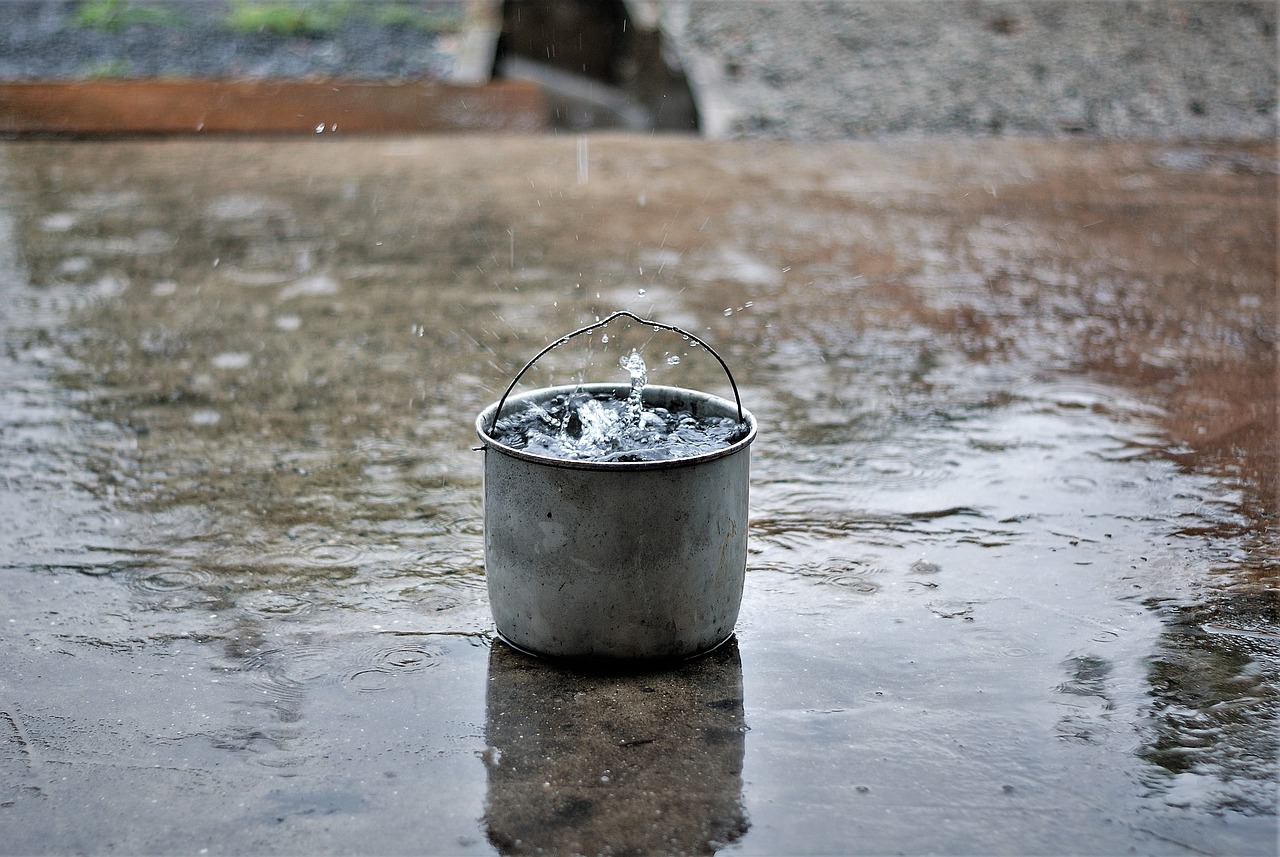Water Management in Regenerative Agriculture: 5 Great Ways
With the rising concern of climate change and water scarcity, there is an immense pressure on agriculture to find effective ways of managing water resources sustainably. Regenerative agriculture is one such approach that has gained momentum in recent times for its holistic and sustainable benefits. This approach not only focuses on the health of soil and the ecosystem but also integrates water management techniques for effective water use.
Importance of Water Management
Water management plays a crucial role in regenerative agriculture. By implementing sustainable water practices, farmers can reduce the amount of water used for farming and help the soil retain nutrients, leading to less reliance on fertilizers.
Effective water management also helps prevent harmful water and nutrient runoff from agricultural lands, promoting soil health and biodiversity. Prioritizing water conservation in regenerative agriculture is essential for maintaining a healthy ecosystem and ensuring sustainable food production.
5 Conservation Techniques for Water Management

1. Rainwater Harvesting
Rainwater harvesting is an effective method for conserving water in regenerative agriculture. By collecting rainwater during and after rainfall, farmers can reduce their reliance on other sources of water supply and save money. Rainwater can be used for watering gardens and crops, protecting them from damage caused by intense rainfall.
Additionally, the soft nature of rainwater benefits plants and reduces operating costs for farmers. It can also be used for drinking water for livestock and carrying out domestic tasks on the farm.
Techniques for Rainwater Harvesting
There are several methods that farmers can implement to effectively collect and store rainwater for later use. These techniques include using rain barrels, designing landscapes with swales to control the flow of water, implementing keyline design to optimize water storage, and using gabions and trenches to restore drylands and harvest rainwater.

2. Mulching
Mulching plays a critical role in water conservation in agriculture. By reducing soil evaporation and regulating soil temperature, mulching helps conserve soil water and decrease the need for irrigation. This is essential in areas where water resources are limited. Additionally, mulching helps prevent soil erosion and improves soil structure, leading to better water retention, enhanced nutrient availability, and suppressed weed growth.
Different Types of Mulches and Their Effectiveness
There are various types of mulches that can be used in regenerative agriculture, each with its own effectiveness. Organic mulches, such as wood chips, bark, straw, and leaves, are biodegradable and provide numerous benefits, including weed suppression, soil temperature regulation, and moisture retention.
Inorganic mulches, like plastic or rubber, are long-lasting and can also help with weed control and soil temperature regulation, but they do not add organic matter to the soil. The choice of mulch depends on the specific needs of the garden or landscape.

3. Soil Moisture Retention
By retaining moisture in the soil, farmers can ensure that crops have a continuous supply of water for growth and productivity. This is especially important in regions with limited water resources or in times of drought. Additionally, soil moisture retention helps to prevent erosion, improve nutrient uptake, and enhance overall soil health. With proper water management techniques, farmers can optimize soil moisture levels and support sustainable agricultural practices.
Methods to Improve Soil Moisture Retention
Techniques such as terracing and contour ploughing slows down surface runoff and allows water to percolate into the soil. Another effective method is the establishment of diverse water flow regimes and the restoration of natural water retention spaces like ponds and reservoirs. These measures not only help in water management but also contribute to reducing soil erosion and enhancing the overall environmental quality of the agricultural system.
4. Managing Water Pollution and Runoff
Reducing chemical inputs and promoting soil health can minimize the pollution that washes off fields and into water bodies. Additionally, the use of recycled water can provide a sustainable water source for irrigation, reducing the reliance on freshwater resources. Recycled water also contains valuable nutrients that can enhance soil fertility and promote healthy crop growth. It’s a win-win situation for both farmers and the environment.

5. Efficient Irrigation Systems
These systems help farmers minimize water waste, optimize water distribution, and enhance overall water conservation efforts in their agricultural practices.
Drip Irrigation
This water-efficient system delivers a precise amount of water directly to the plant’s root zone, minimizing wastage and maximizing plant health. Not only does drip irrigation result in higher crop yields, but it also reduces costs, prevents soil erosion, and curtails pests.
Micro-Sprinkler Irrigation
Micro-sprinkler irrigation allows farmers to precisely apply water to their crops, minimizing waste and maximizing efficiency. With its gentle and precise distribution of water, micro-sprinkler irrigation helps to conserve water while ensuring that plants receive the moisture they need for optimal growth.
The Bottom Line
It is crucial for farmers and policymakers to prioritize water conservation in regenerative agriculture. All stakeholders need to come together and prioritize water conservation to ensure the long-term sustainability of our agricultural practices.
From Garden to Table and Table to Garden
We have what you need to start growing your own food indoors or outdoors, as well as turning your food scraps into your own organic fertilizer.







